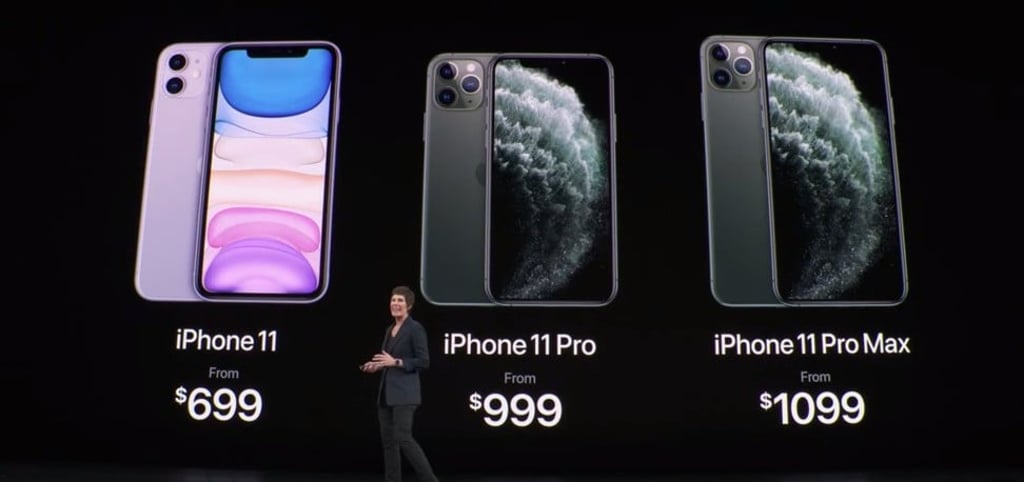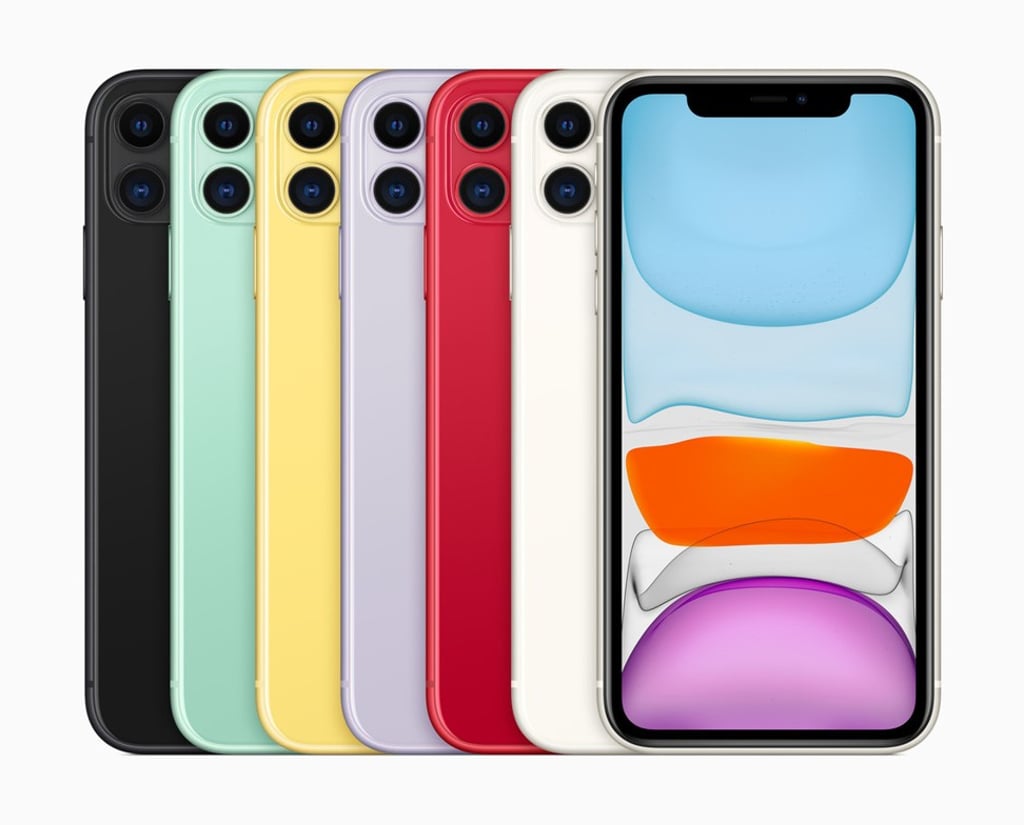9 reasons why the iPhone 11 is a better deal than the iPhone 11 Pro or 11 Pro Max

Despite a better display and slightly faster connectivity, save yourself US$300+ and opt for the standard (cheaper) iPhone 11 over the Pro – who really needs four camera lenses, anyway?
As anyone with a passing interest in tech might have heard, Apple recently released three new smartphones: the iPhone 11, iPhone 11 Pro, and iPhone 11 Pro Max.
The iPhone 11 is the spiritual successor to last year's iPhone XR, which was bigger than its predecessor, the iPhone X, but made with cheaper materials. The two new “Pro” models, on the other hand, are follow-ups to the iPhone XS and XS Max, which supplanted the iPhone X.
While the iPhone 11 Pro and Pro Max are tempting smartphones with all the latest Apple tech, the iPhone 11 is an incredible phone in its own right. Here are nine reasons to consider the iPhone 11 instead of Apple's two new “Pro” phones– not least, the price.
1. The iPhone 11 is significantly cheaper than the iPhone 11 Pro models

The iPhone 11 starts at US$699.
The iPhone 11 Pro starts at US$999.
The iPhone 11 Pro Max starts at US$1,099.
In other words, you can save at least US$300 by choosing the standard iPhone 11 instead of an iPhone 11 Pro – especially since all three new iPhones have the same starting storage of 64GB.
Keep this in mind as we examine the other differences.
2. The iPhone 11 comes in six colours
